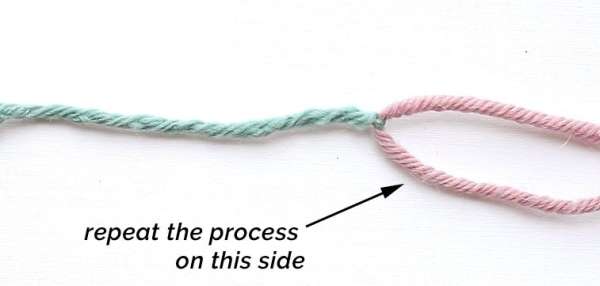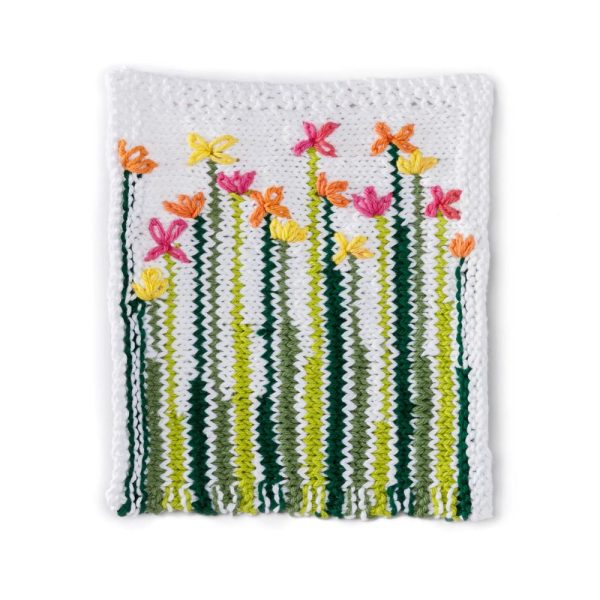 Lots of knitters hate weaving in yarn ends, so it’s popular to wonder if there are ways to join in new yarn that don’t involve having to weave in ends when the knitting is done. Here’s a quick look at three of the most popular options and how to do them.
Lots of knitters hate weaving in yarn ends, so it’s popular to wonder if there are ways to join in new yarn that don’t involve having to weave in ends when the knitting is done. Here’s a quick look at three of the most popular options and how to do them.
>> Do you know about A New Yarn That Protects Your Products From Odor, Bacteria, and Allergens! <<
First, you can tie the yarn ends together using a knot that’s known in the yarn world as the magic knot. It’s super strong, easy to do, and theoretically you can tie it, trim the yarn ends super close to the knot and never worry about it again. I usually leave a little bit of a tail when I do this just in case, but I don’t think I’ve ever had a knot come undone when I did it properly.
This is the way to make a magic ball, where you take all your tiny yarn leftovers and join them together to knit with. Knotions has a tutorial for how to do it.
If you’re working with wool or other natural, feltable fibers, my favorite way to join a new ball of yarn is what’s known as the felted join (or, if you want to be more dramatic, spit splicing, since you can do it with saliva instead of water). Basically you separate out the plies a little bit on the end of the new yarn and the old yarn, add a little water and rub the ends together between your hands until they sort of felt together.
I’m working on an intarsia vest right now that has about 20 different balls of yarn across the width of it and the only way I can handle it is by working with a piece of yarn about as long as my arms and using the felted join to make it back into a continuous strand. If you want to know how to do this, check out the tutorial at Brooklyn Tweed.
Another good option is known as the Russian join, which has the benefit of being able to be used on any kind of fiber. You need a yarn needle to work it, but once you know how it’s pretty quick and easy to do. Sheep and Stitch has a good photo tutorial of how this one works.
Of course if you’re working a sweater or a hat or something with an inside, you can sometimes just leave your tail ends hanging and not worry about it.
What do you do when you join new yarn? Do you like weaving in ends? I’d love to hear your thoughts!
[Photo: Sheep and Stitch]
 One great thing to knit when the weather is warm (or honestly any other time) is dishcloths and washcloths. They are fun and easy projects and a great way to play with new skills. Pretty washcloths make cleaning a tiny bit more fun, and they’re great to have on hand as a quick addition to a store-bought gift.
One great thing to knit when the weather is warm (or honestly any other time) is dishcloths and washcloths. They are fun and easy projects and a great way to play with new skills. Pretty washcloths make cleaning a tiny bit more fun, and they’re great to have on hand as a quick addition to a store-bought gift.